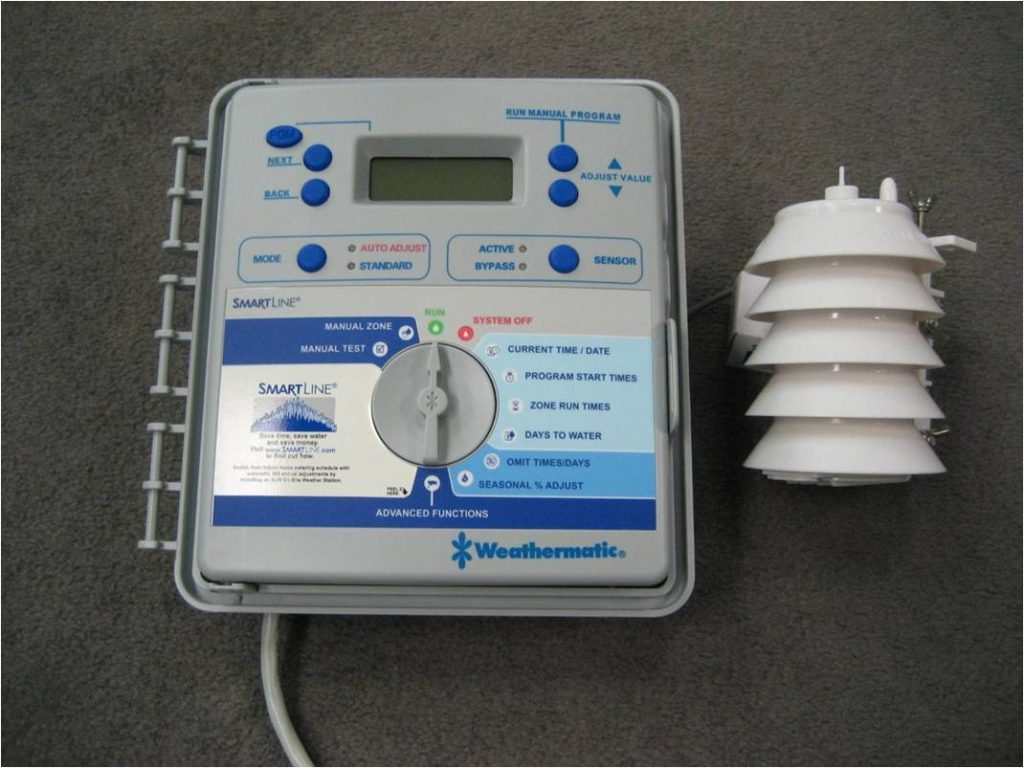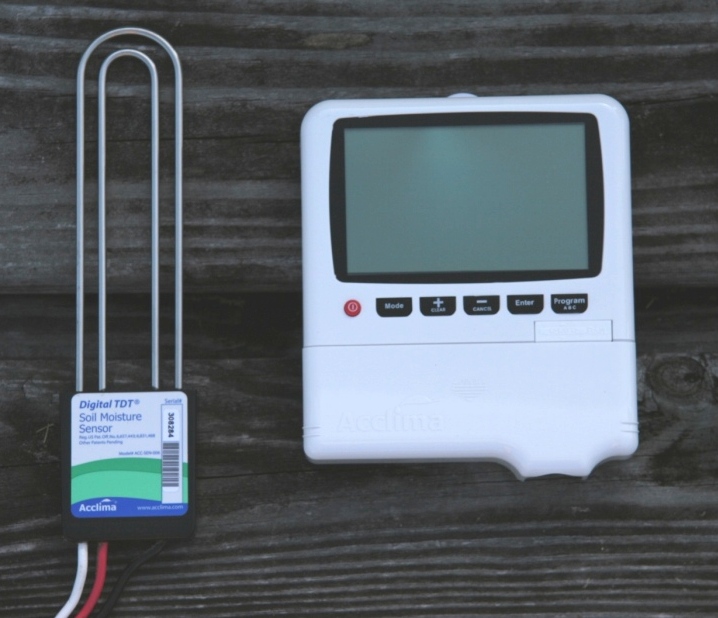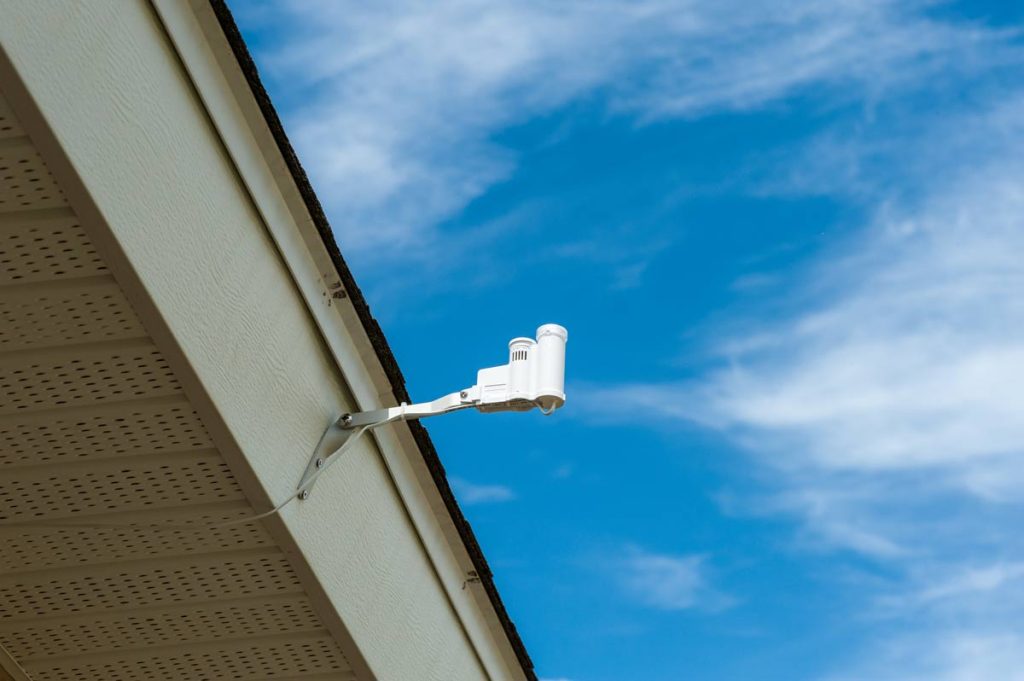Controlling your controller, who’s the boss?
Sept. 1, 2022
As we enter the dog days of summer and afternoon rainstorms are a regular feature, our landscapes and yards are much greener than in April, when we waited for the rainy season. This is the time of year when many seasoned homeowners and lawn landscapers turn off their irrigation systems and allow rain to do its job.
Here are some ways you can take control of your controller and help save water.
Turn off your controller during the rainy season. Giving your sprinkler system a break is one option to prevent damage from over-watering, not to mention the utility bill savings. For peace of mind, consult our daily rainfall table and look at the three-day total for your closest monitoring station.
Correctly set your controller. St. Johns River Water Management District water conservation coordinator Deirdre Irwin shared that the number one issue when utility conservation staff visit customers is that the controller was set incorrectly. The most common mistakes are:

ET controller

Soil moisture sensor

Shut-off device
- Set on the wrong day – learn your day here sjrwmd.com/wateringrestrictions
- Several run times on the same day
- Run time is too long for the area being irrigated
- Rain sensor not wired or turned on
Your irrigation controller can be convenient and easy to use, or it can be a headache when set incorrectly, resulting in high water bills and damage to landscapes. Reach out to your utility to see if they offer an irrigation evaluation and you can go to the manufacture’s website or YouTube to find video instructions on operating most controller models.
Smart irrigation controllers. These are another option for homeowners to consider. Many of these newer controllers allow you to adjust your controller via a phone app. There are two kinds of smart controllers:
An enhanced controller – ET controller (with ET being evapotranspiration) – uses weather-based information to determine when the irrigation system should operate. This controller uses three types of information:
- Off-site weather measurement transmitted through wireless communication
- Historical evapotranspiration
- On-site weather measurement
The irrigation schedule is programmed by using a formula that calculates the water requirement, which is based on either local, regional or historical information.
A soil moisture controller is an in-ground option that uses a moisture-detecting probe installed within the root zone in a landscape to determine if irrigation is needed. The user programs soil moisture threshold determined by on-site soil conditions. If soil moisture is above this threshold, the soil moisture is sufficient for landscape survival, and the regular irrigation cycle is bypassed. If the measured soil moisture is below the threshold, there is no interference, and the regular irrigation cycle is activated.
Shut-off devices
If you are new to Florida, you may not realize that every irrigation controller is required by state law to have a functioning rainfall shut-off device, usually called a rain sensor. When the rain sensor is functioning during the rainy season, the system will rarely turn on – as additional irrigation is not needed.
Whether you turn off your controller, program it correctly or add a smart controller, remember you are helping to protect Florida’s precious water resources by only watering when needed during the rainy season.





